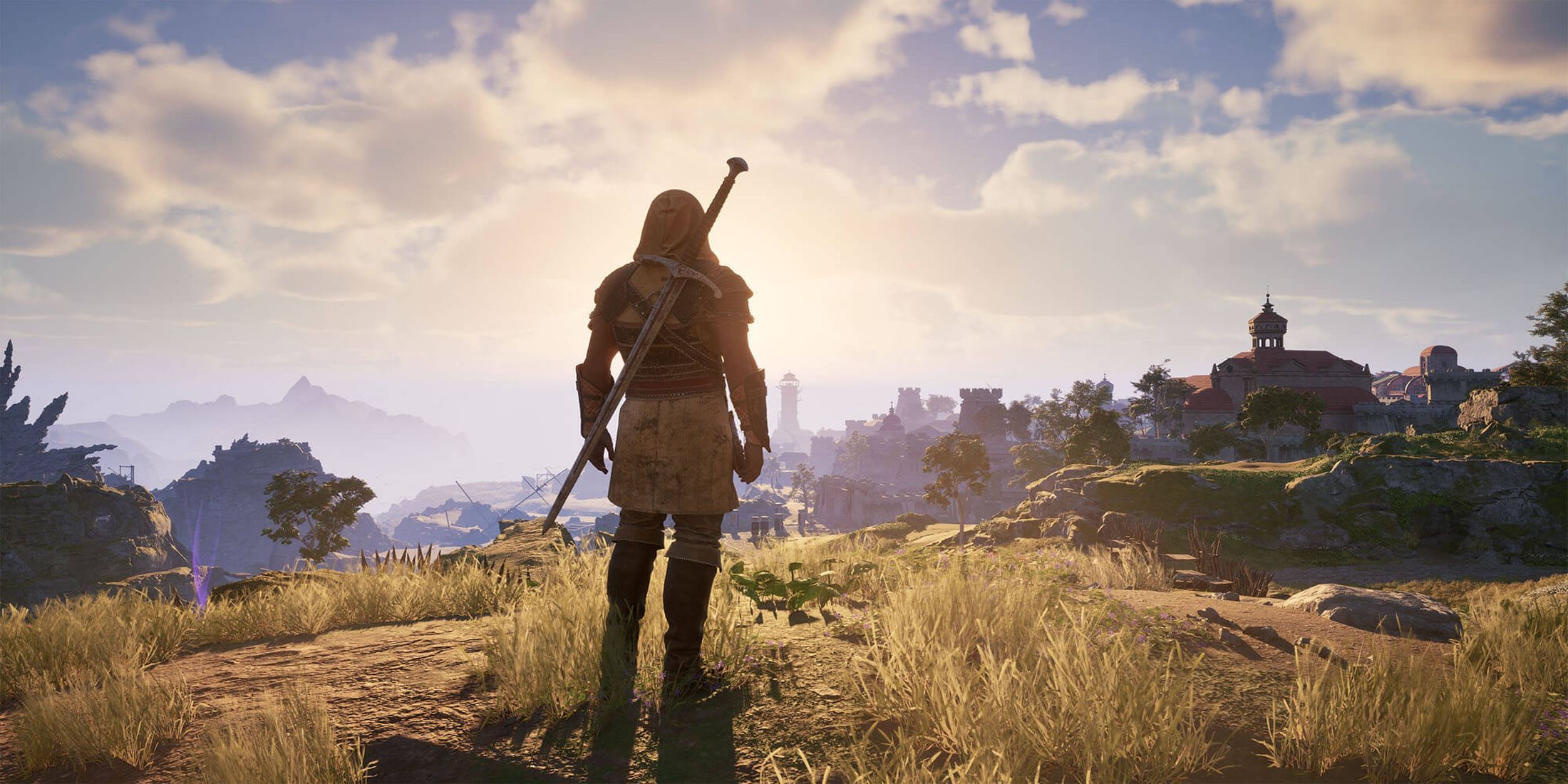
Key conclusions
- Avowed will expand the knowledge of Pillars of Eternity and explore The Living Lands in Eora.
- The game's design philosophy mirrors Final Fantasy 7 Rebirth's approach to map progression.
- The world of Avowed will unfold gradually and tie into significant story events, much like FF7 Rebirth.
He confessed looming on the horizon since its first screening in 2020. Obsidian Entertainment's upcoming dark fantasy FPS RPG will take much of the groundwork and significant world-building that was built for the studio's previous CRPG series, Pillars of Eternityand expand them by telling a new story. He confessed will also place fans in a never-before-seen part PoE's land of Eora, promising intriguing additions to existing lore and further refinement of the setting.
Earlier this year, Final Fantasy 7 Rebirththe long-awaited second installment in the modern remake series of the beloved JRPG classic, was released to widespread acclaim. How Revival a continuation of the story of Cloud Strife and friends, one notable difference from the 2020s Final Fantasy 7 Remake was in the size of the overworld and the way fans were given access to every subsequent locale within it. Revival was much more than Remakepound for pound. However, it was also more of an “open zone” approach, gradually separating parts of the world as the story progressed, rather than being fully explorable from the start. Based on what Obsidian has stated and shown so far about their intentions He confessedit seems it may end up feeling close to RevivalDesign philosophy in this field.
Avowed's world design can pretty much echo that of Final Fantasy 7 Rebirth
Regional divisions of Final Fantasy 7 Rebirth
Compared to Final Fantasy 7 Remake, Revival's map is definitely much bigger. FF7 Remake mostly contained in Midgar and nearby areas of the city, in many cases showing an almost linear design through the various sections. Final Fantasy 7 Rebirth opened up the land of Gaia to cover an impressive stretch of land. However, as big as these chapters are, they are fenced off by important plot events, and fans aren't technically free to roam around and explore them all from the get-go.
While this direction makes narrative sense in the grand scheme of things, it would probably be pretty awesome if, for example, players could visit the golden saucer in FF7 Rebirth long before it becomes relevant or necessary to the story, it inherently prevents it from being classified as truly “open world,” at least by strictly traditional definitions. In practice so far FF7 Rebirth may not feel as restrictive as described, but it does have firm limits on what areas of the world are available at any given point.
Why Avowed's map design may contain major undertones of Final Fantasy 7 Rebirth
Obsidian was transparent to scale He confessed's world, and it apparently underwent several revisions throughout development. Currently, the expectation is this He confessed will take a similar approach to the studio's previous sci-fi title, Outer worlds. Passing fans He confessedThe Living Lands region will apparently tie in closely with significant story advancements, consistently splitting into both TUG and FF7 Rebirth.
None of this is to say that it is inherently worse or unsuitable He confessedvision, however. Parallel to Final Fantasy 7 Rebirthseven main regions, if the story factors are there, it can smoothly become an enjoyable part of the larger experience. Access to other areas in He confessed in that case, it can feel like a reward for itself, compared to giving players absolute freedom to go wherever they want from the start, and possibly detract from the carefully crafted story Obsidian is aiming to tell. The decision to have He confessedThe world and the map function in a way that can be compared to FF7 Rebirth means it will be integral to the narrative in the same way. And Obsidian focusing on incorporating this aspect shows that it has a clear path to making it work in its favor.
